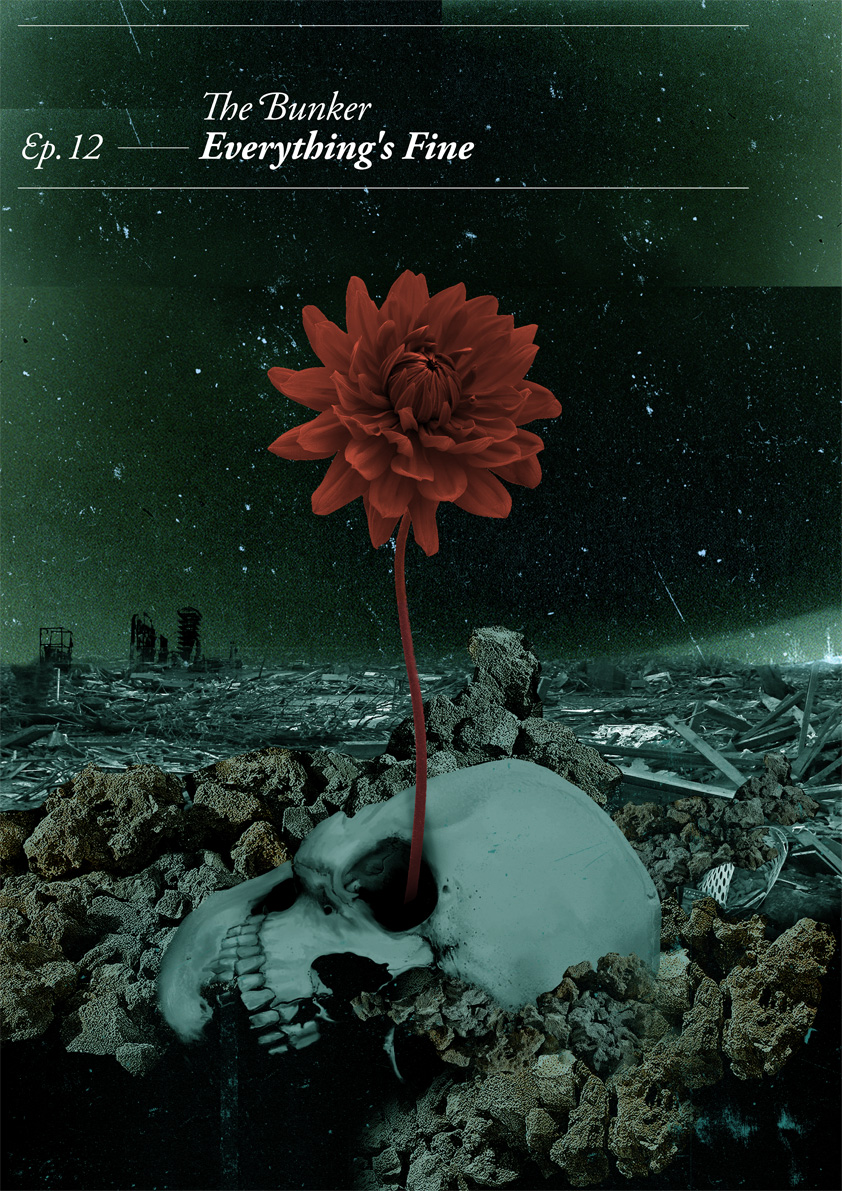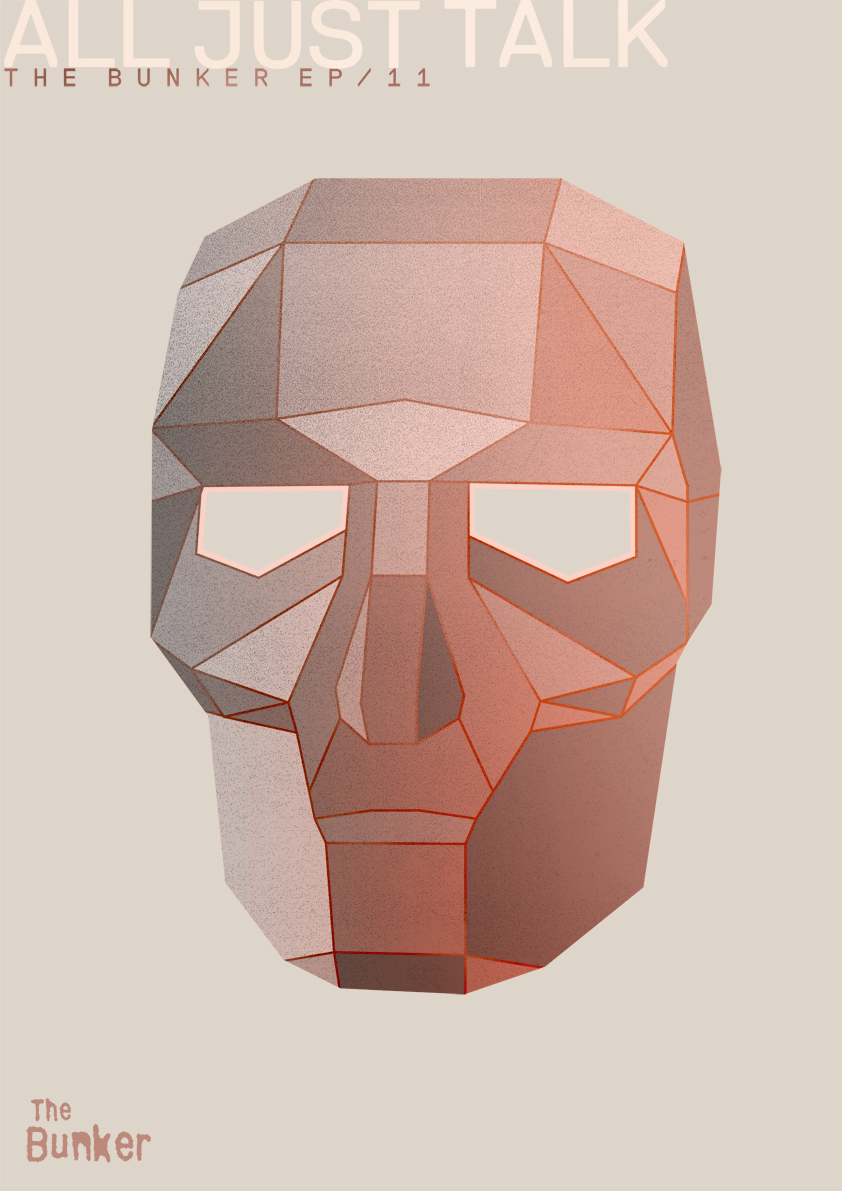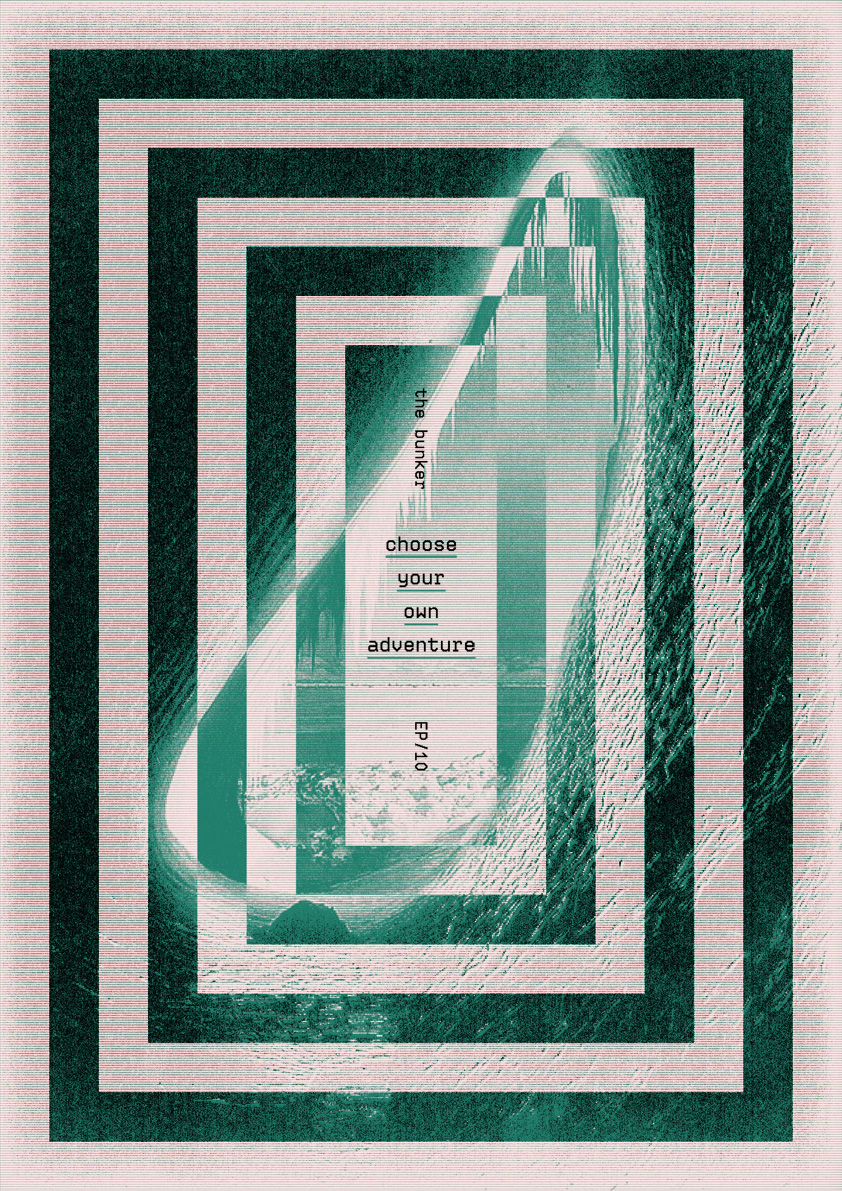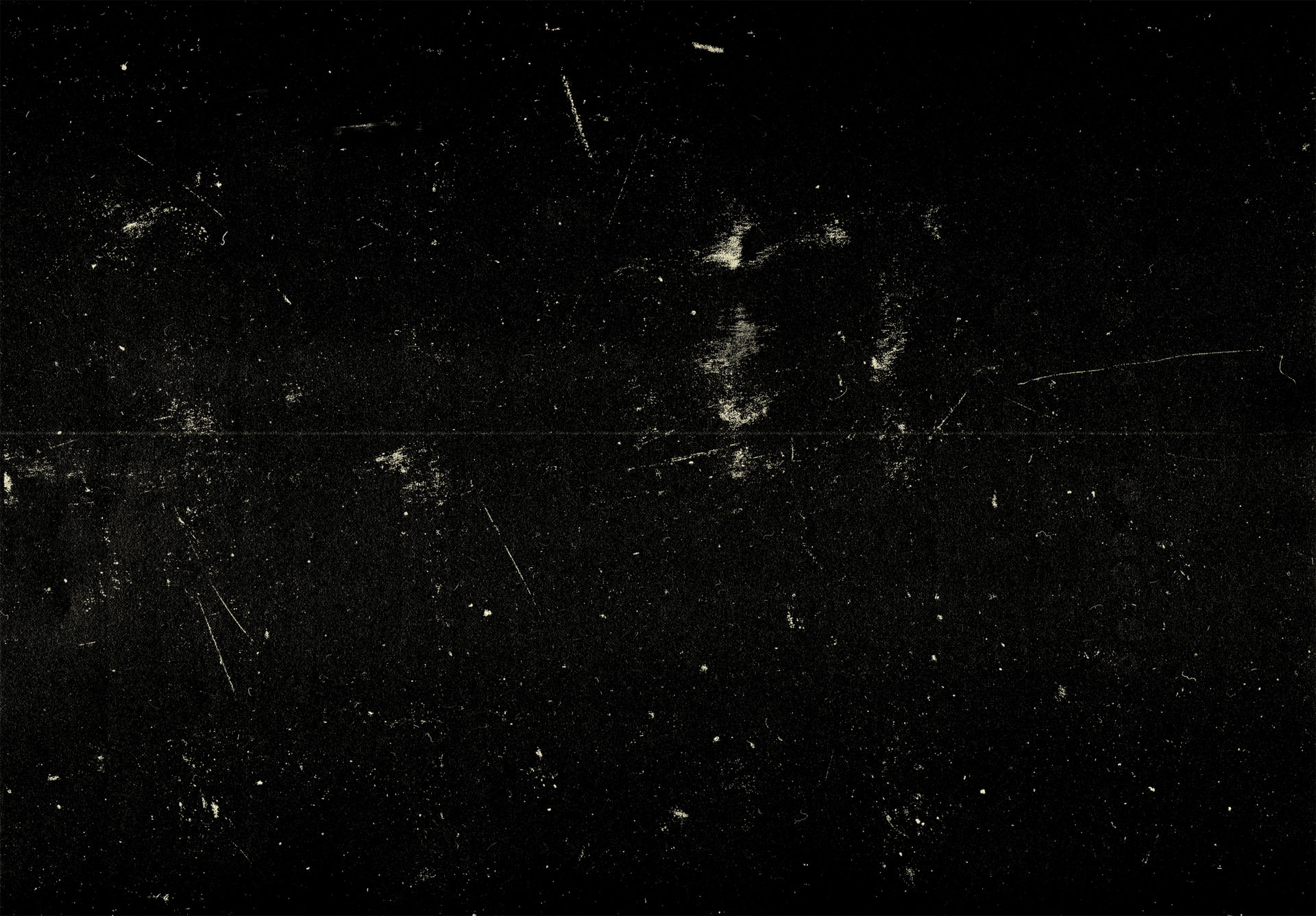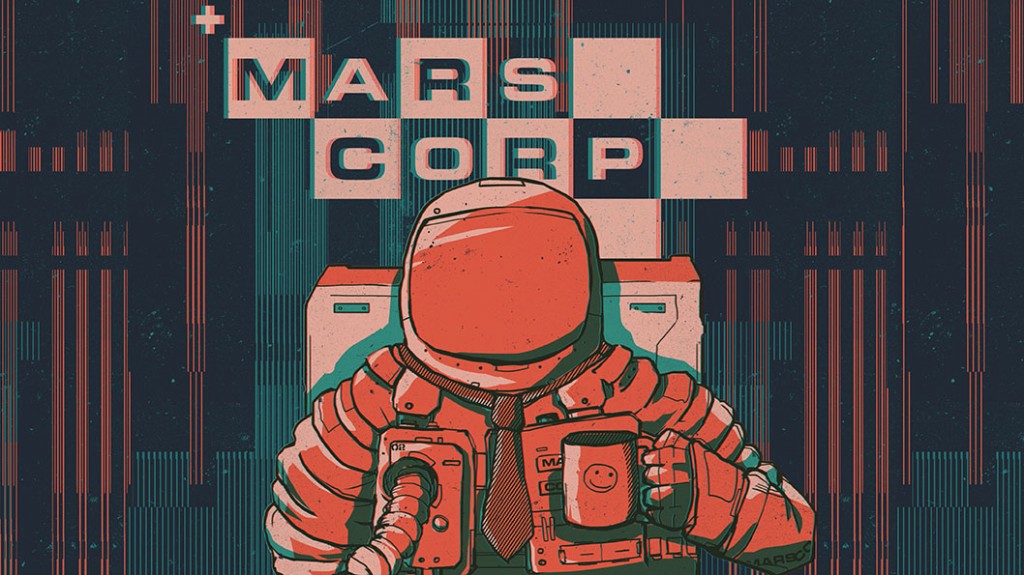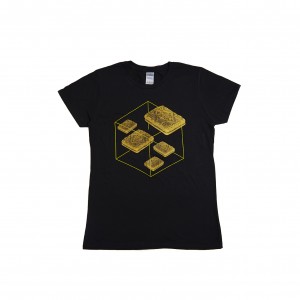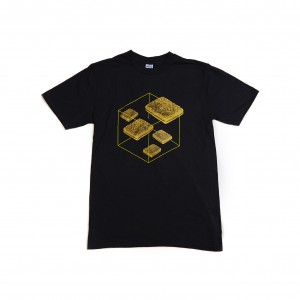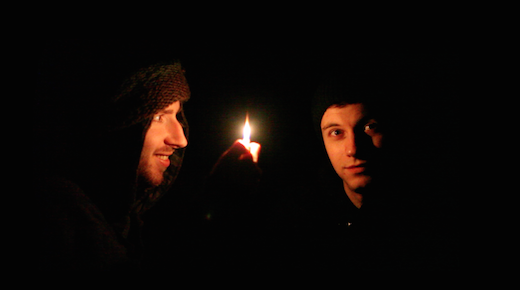
What is The Bunker?
The Bunker is a breakfast radio show for the post-apocalypse generation. Set in the year 2414, the series chronicles the misadventures of David, David and Tom, as they struggle to host a one hour radio programme from their underground bunker, complete with guests, interviews, short stories and music, whilst keeping themselves segregated from the barbaric world outside.
The show is completely real, and is somehow being beamed back through time to the 21st century, which is why you’re able to listen to it now. But will people heed the threat of near-extinction that is highlighted in The Bunker, and take measures to avoid the so-called “Big Headache” that wiped out most of humankind? It’s unlikely.
Where is The Bunker?
You can listen to the show on Libsyn (PC) and iTunes (Mac). The great thing about iTunes is that you can subscribe, rate and review the show! So… Go do that.
When is The Bunker?
A new episode should be out every month. But don’t hold us to that, turns out it’s pretty tricky to make a one hour show full of hilarious jokes, genuinely good short stories, actual interviews with actual storytellers and great music, and then get it out on a regular basis. So we might be a bit late sometimes. But hey, you’re basically getting the show 400 years before it’s even been broadcast, so quit your complaining!
Why is The Bunker?
What is it with these questions? Who are you, Rudyard Kipling? The Bunker is a new project by the folks who make Gorilla Film Magazine. The idea was to create a platform for storytellers, and write lots and lots of stupid jokes.
Who is The Bunker?
Well now you’re just being silly.
Contact us: thebunkerpodcast@gmail.com
